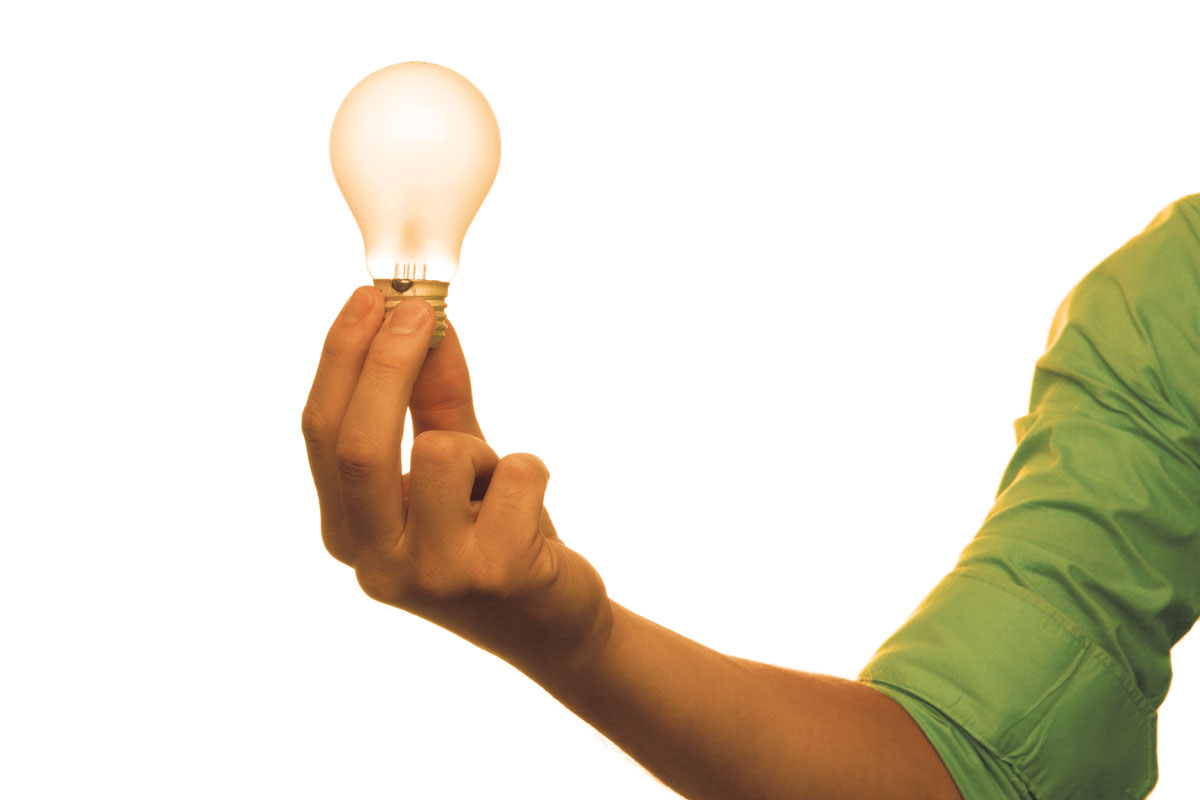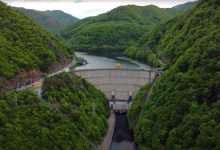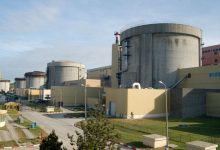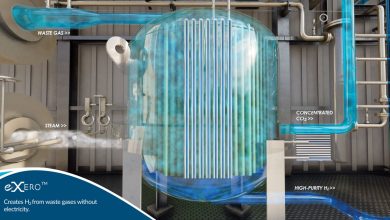EUR 873 million in clean energy infrastructure
EU Member States recently agreed on the Commission’s proposal to invest EUR 873 million in key European energy infrastructure projects.
Europe’s transition to a clean and modern economy is the goal of the Energy Union, a priority of the Juncker Commission. It is now becoming the new reality on the ground, and one important building block is adapting the European infrastructure to the future energy needs. Properly interconnected electricity lines and gas pipelines form the backbone of an integrated European energy market anchored on the principle of solidarity. Thus, supporting 17-selected electricity and gas projects, signals Europe’s willingness to upgrade and make the European energy system more competitive that will ultimately deliver cheaper and secure energy to all European consumers.
The EU funding for the chosen projects comes from the Connecting Europe Facility (CEF), the European support programme for trans-European infrastructure.
Once more we demonstrate that cooperation and solidarity pay off and that the Energy Union is becoming a reality with tangible impact on the ground. These are important projects with major cross-border benefits and by implementing them we strengthen energy resilience of EU Member States. The Connecting Europe Facility has yet again shown tremendous added value in the modernisation of the European economy,” Commission Vice-President for Energy Union Maroš Šefčovič said.
“The construction of the Biscay Gulf France-Spain interconnection marks an important step towards ending the isolation of the Iberian Peninsula from the rest of the European energy market. Only a fully interconnected market will improve Europe’s security of supply, reducing the dependence of single suppliers and giving consumers more choice. An energy infrastructure which is fit for purpose is also essential for renewable energy sources to thrive and for delivering on the Paris Agreement on climate change,” Commissioner for Climate Action and Energy Miguel Arias Cañete underlined.
Of the 17 projects selected for funding:
• 8 are in the electricity sector (EU support EUR 680 million) and 9 in the gas sector (EU support EUR 193 million).
• 4 relate to construction works (EU support EUR 723 million) and 13 to studies (EU support EUR 150 million).
In the electricity sector, a grant of EUR 578 million, the largest Connecting Europe Facility-Energy grant ever awarded, will be decisive the construction of the Biscay Gulf France-Spain interconnection. The new electricity link will better integrate the Iberian Peninsula into the internal electricity market. The project, with a 280 km long off-shore section, incorporates technologically innovative solutions regarding the design of the route over the Cap Breton canyon and the French land section, which is fully underground.
This new link will nearly double the interconnection capacity between both countries – increasing it from 2,800 MW to 5,000 MW, and will bring Spain closer to the 10% interconnection target from the current level of 6%. Such a leap will allow for an enhanced incorporation of renewable energies, thus contributing strongly to the clean energy transition and to the EU’s clean energy transition policy.
SuedOstLink, one of the largest German energy infrastructure projects, will receive EUR 70 million for activities to enable the construction works to start. The project consists of 580 kilometres of high-voltage cables laid fully underground. The power line will create an urgently needed link between the wind power generated in the north and the consumption centres in the south of Germany. It will thus ensure better integration of renewable energies, as well as enhance the cross-border exchange of energy with neighbouring EU Member States.
A grant of EUR 27 million will be allocated to support the construction of a new 400 kV internal power line between Cernavoda and Stalpu (Romania), which will contribute to increase the interconnection capacity between Romania and Bulgaria and help integrate wind power from the Black Sea coast.
In the gas sector, the Connecting Europe Facility will support infrastructure projects important for two island Member States. First, the introduction of natural gas in Cyprus through the CyprusGas2EU project (EU support EUR 101 million) will end the current energy isolation of the Cyprus, bring diversification to a region mostly dominated by one single source of supply and help reduce air pollution and emissions by allowing switching from heavy fuel oil to gas for power generation. It will also improve energy security and price competitiveness. Secondly, a EUR 3.7 million grant will be awarded for a study on the Malta-Italy Gas Interconnection which aims to end Malta’s isolation from the European Gas network. This interconnector will link Malta to the Italian market, enhancing the island’s security of supply in gas in similar way a sub-sea cable funded by an earlier EU programme has done for the electricity sector.
Funding will also be allocated to a study on the permit-granting process of the STEP project (EUR 1.7 million), which aims at creating a new gas interconnection point between France and Spain to increase the bidirectional flows between the Iberian Peninsula and France and improve the interconnection with the internal gas market through the development of the Eastern gas axis.
The Commission will also invest in studies to support the synchronisation of the Baltics with the central European electricity network. The decision is of key importance for Estonia, Latvia and Lithuania and Poland to agree on the way forward to find, by the end of May 2018 at the latest, a solution on the best way to synchronise the Baltic States’ electricity grid with the continental Europe system, in line with the results of the ministerial meeting from December 2017 (STATEMENT/17/5271).
Under the Connecting Europe Facility, a total of EUR 5 billion has been allocated to trans-European energy infrastructure for the period 2014-2020. In order to be eligible for a grant, a proposal has to be ‘a project of common interest’. When completed, the projects will each result in significant benefits for at least two Member States, enhance security of supply, contribute to market integration, and enhance competition, as well as reduce CO2 emissions. The list is updated every two years. The latest PCI list was published by the Commission in November 2017. The Connecting Europe Facility (Energy) already granted EUR 647 million to 34 projects in 2014, EUR 366 million to 35 projects in 2015 and EUR 707 million to 27 projects in 2016.







